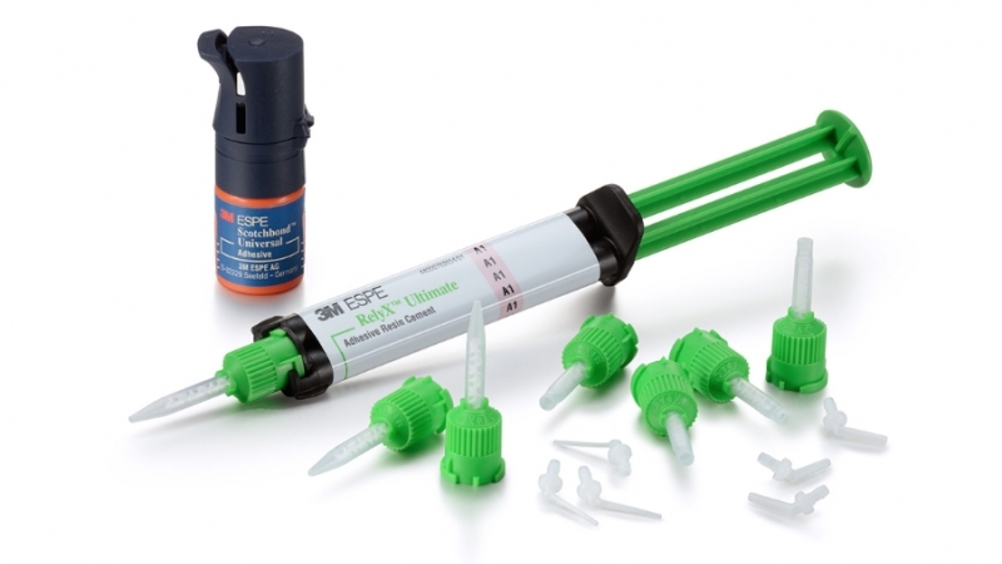Practice-based assessment

The PREP Panel evaluates 3M ESPE’s RelyX Ultimate adhesive resin cement.
Luting materials are needed to fill the space (hopefully not more than 50 microns) between an indirect restoration and the tooth preparation. These may roughly be classified into:
It may appear obvious that ‘active’ materials are to be preferred over ‘passive’ since the active luting materials may help make up for deficiencies in the retention of the preparation or a lack of height of the tooth being prepared. In this regard, the only truly active luting materials are those which are resin-based, as these can be used in combination with a dentine bonding agent.
Resin luting materials also exhibit advantages over traditional luting materials such as phosphate cement, or glass ionomer luting materials. They are insoluble in the dilute organic acids which are found in plaque (a major advantage, since plaque may be present at the gingival margin of crowned teeth where the luting material may be exposed) while materials such as phosphate and glass ionomer are not. Their physical properties are excellent and they are tooth coloured.
Register now to continue reading
WHAT’S INCLUDED
-
Unlimited access to the latest news, articles and video content
-
Monthly email newsletter
-
Podcasts and members benefits, coming soon!
